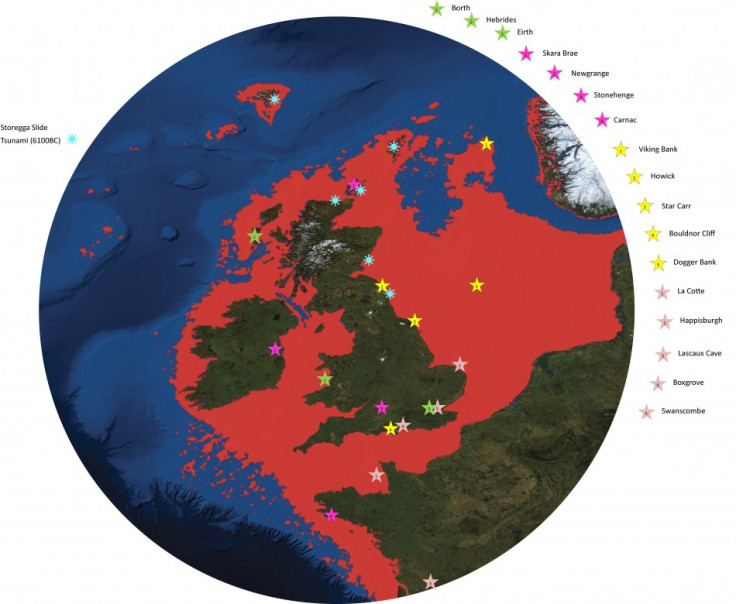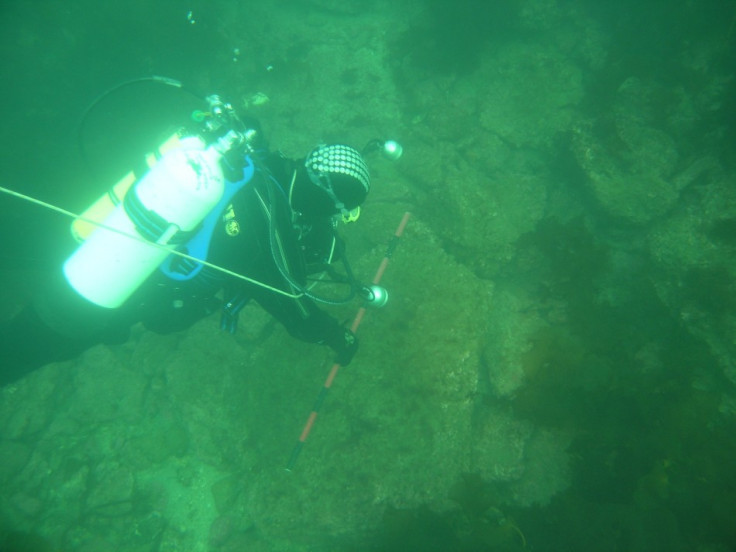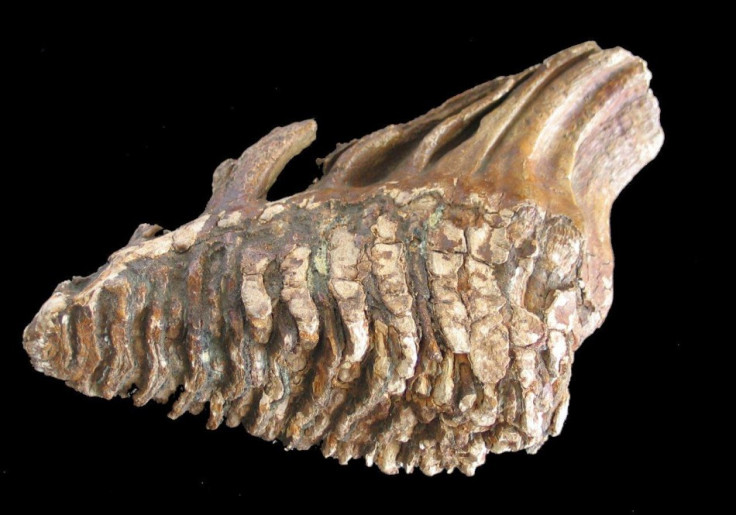Doggerland: Tsunami Created Lost Underwater World off British Coast
Prehistoric world that formed heartland of Europe submerged by devastating tsunami, say University of St Andrews researchers

An ancient, vanished world dubbed Doggerland, which used to surround the British Isles, will be revealed in a science exhibition.
Scientists at the University of St Andrews in Scotland have researched the history of the land that was swallowed up by the North Sea, the North Atlantic and the English Channel between 18,000 and 5,500 BC as the last Ice Age ended.
Research uncovered a submerged landscape significantly larger than many European countries that could have supported a population of tens of thousands of humans and contains a mass mammoth grave.
"Doggerland was the real heartland of Europe until sea levels rose to give us the UK coastline of today," said Dr Richard Bates of the university's department of earth sciences.
"We have speculated for years on the lost land's existence from bones dredged by fishermen all over the North Sea, but it's only since working with oil companies in the last few years that we have been able to recreate what this lost land looked like.
"When the data was first being processed, I thought it unlikely to give us any useful information. However, as more area was covered, it revealed a vast and complex landscape. We have now been able to model its flora and fauna, build up a picture of the ancient people that lived there and begin to understand some of the dramatic events that subsequently changed the land, including the sea rising and a devastating tsunami."

Research into Doggerland has spanned 15 years and has been packaged into an exhibition, "Drowned Landscapes," which goes on display at the Royal Society Summer Science Exhibition 2012 from 3-8 July at the Royal Society in London.
Fossils and other items discovered deep within the seabed helped scientists paint a picture of Doggerland as a landscape of hills and valleys and a winding coastline punctuated with major rivers, large swamps and lakes. This land would have gradually split into islands as sea levels rose, before being completely covered by water.

Researchers are continuing to investigate evidence of human activity, including possible burial sites.
"We haven't found an 'X marks the spot' or 'Joe created this', but we have found many artefacts and submerged features that are difficult to explain by natural causes, such as mounds surrounded by ditches and fossilised tree stumps on the seafloor," said Bates, who described the search as "trying to find just part of a needle within a haystack".
© Copyright IBTimes 2024. All rights reserved.






